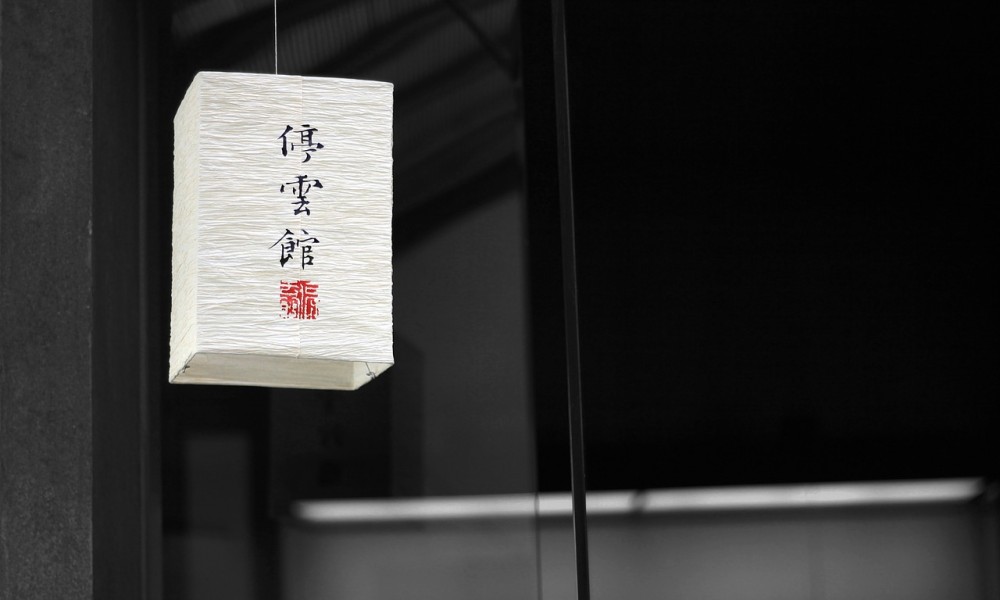
While recent events brought to light show the violence against doctors in India, the scenario is the same in China too. Chinese doctors too, face violence on an everyday basis and the profession has become a life threatening one.
“Last October, Dr. Wang Yunjie was stabbed to death, and two other doctors were wounded by a 30cm blade wielded by a patient angry about the outcome of his nasal surgery.”
More recently, a young doctor who had treated a patient for excessive alcohol consumption, was abused by a mob that included the patient’s family.
They yelled, “That’s the doctor who killed the patient.”
Reacting to the incident, a netizen wrote,
“If my child dare choose medicine as his or her major, I would break their legs.”
These are just a few among the regularly occurring violence against doctors.
Statistics are turning worse over the years
- According to the China Hospital Management Society, the attacks increased an average of almost 23% per year, from 2002 to 2012.
- A survey by the China Hospital Association found that the average number of assaults per hospital, per year, rose from 20.6 in 2008 to 27.3 in 2012.
- Due to grave scenario at workplace, the proportion of doctors who hoped their children would enter the profession dropped from an already low 11% in 2002 to a dismal 7% in 2011, according to statistics from the Chinese Medical Doctors’ Association.
The causes for such scenario are complex and intertwined.
- The insurance receives by almost all citizens has limited coverage. Costs are still high. For many families, an emergency medical procedure leads to debt. To get top quality care they believe they need to bribe doctors, which is not true most of the times.
- Doctors are overworked and underpaid. The demand for healthcare has surpassed the number of properly trained doctors and nurses. Chinese doctors are considered civil servants and hence earn less than $500 a month.
- In most major hospitals, pay depends on meeting patient quotas, ordering tests and prescribing medicine. The incentive is to focus on quantity, not necessarily the quality of care. So a single doctor sees 50-60 patients in half a day, thereby reducing patient’s access to the doctor.
- Doctors have little protection when patients get agitated and angry. Quite often, a disgruntled patient and a terrified doctor will negotiate a settlement on the spot. If the doctor refuses to pay up, or is absent when the family comes looking, the situation may escalate.
The lack of safety, increased risk to one’s own life and the work conditions are discouraging students from taking up medicine.
A Chinese medical student wrote in the English medical journal the Lancet,
“I regret very much having chosen to study medicine”
The profession has been mired by the disrespect and injustice shown towards it. At an annual meeting in Beijing, it was suggested that China should establish a Doctor’s Day to increase public respect for the profession. But, the safety of doctors is a more immediate concern that needs stricter action.
What does the Chinese doctor attacks have to do with us
If we look closely at the possible reasons behind escalating tensions in China, almost all of the scenarios exist in India.
Overworked and underpaid doctors, more inclusive insurance driven healthcare policy, private sector dominating with diminishing public spending and many more things makes India just following Chinese way.
“A complete overhaul in policy decisions are required to avoid the present situation escalating into a major conflict.“

